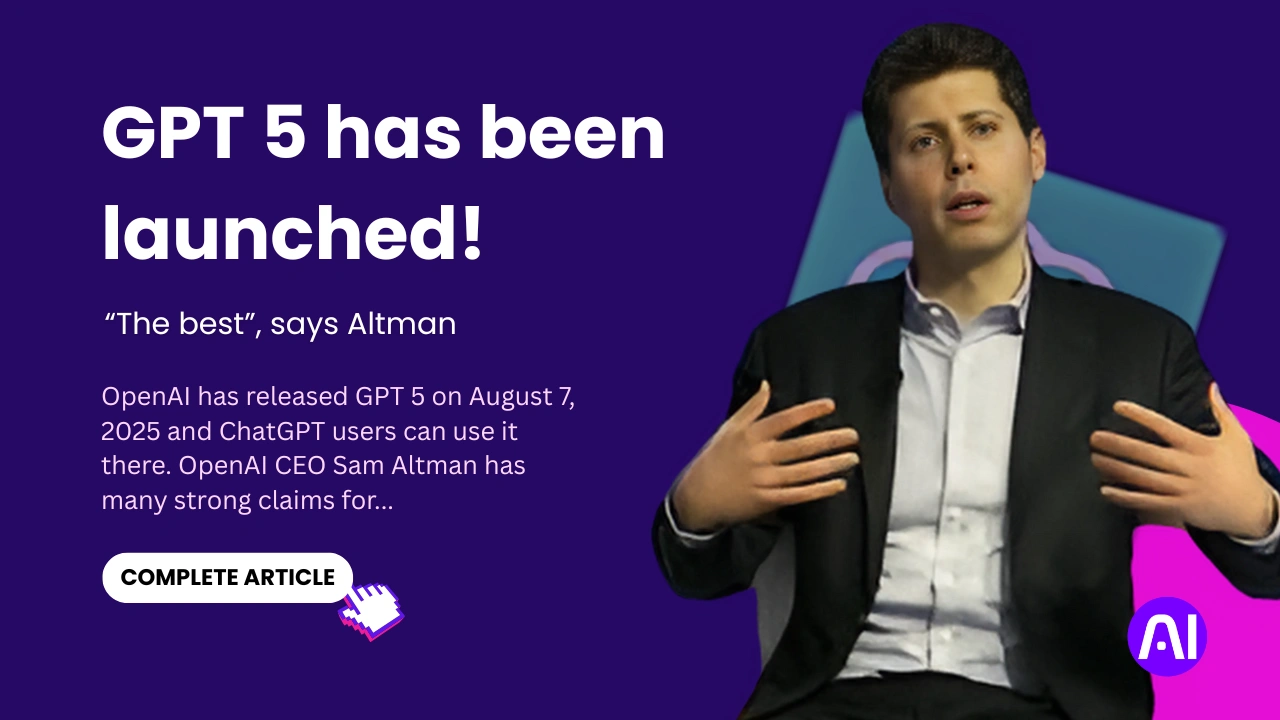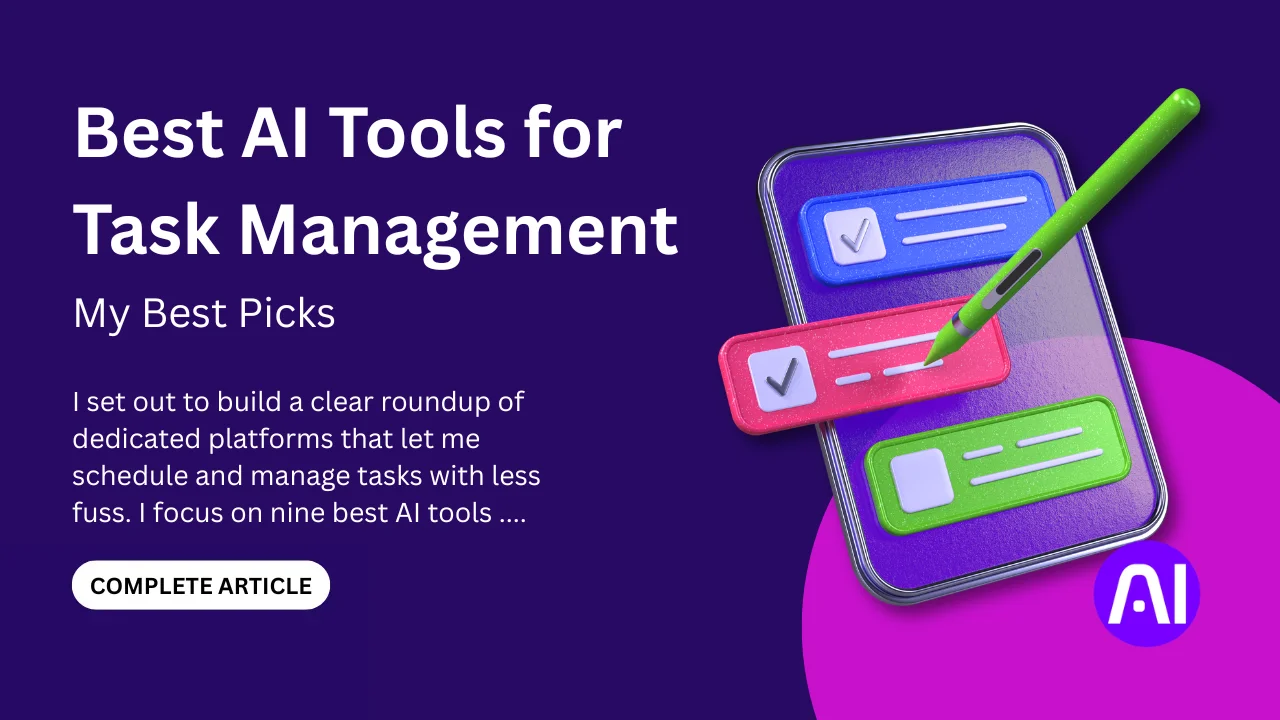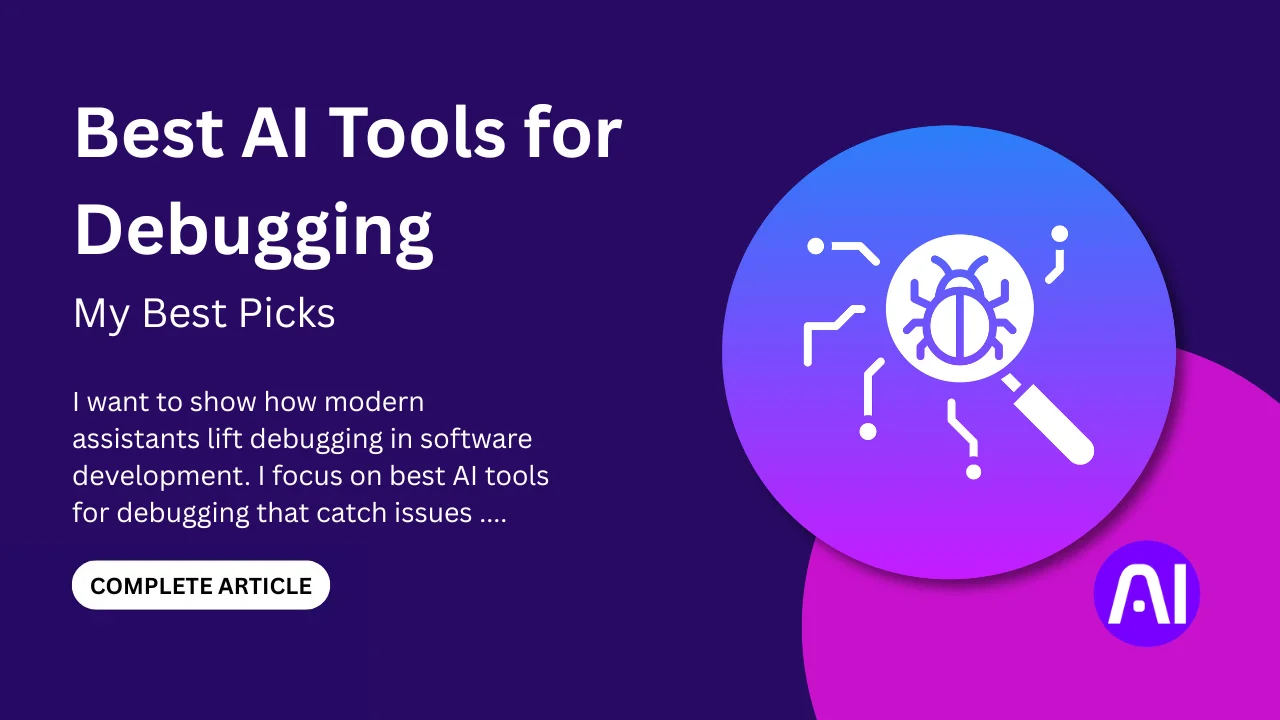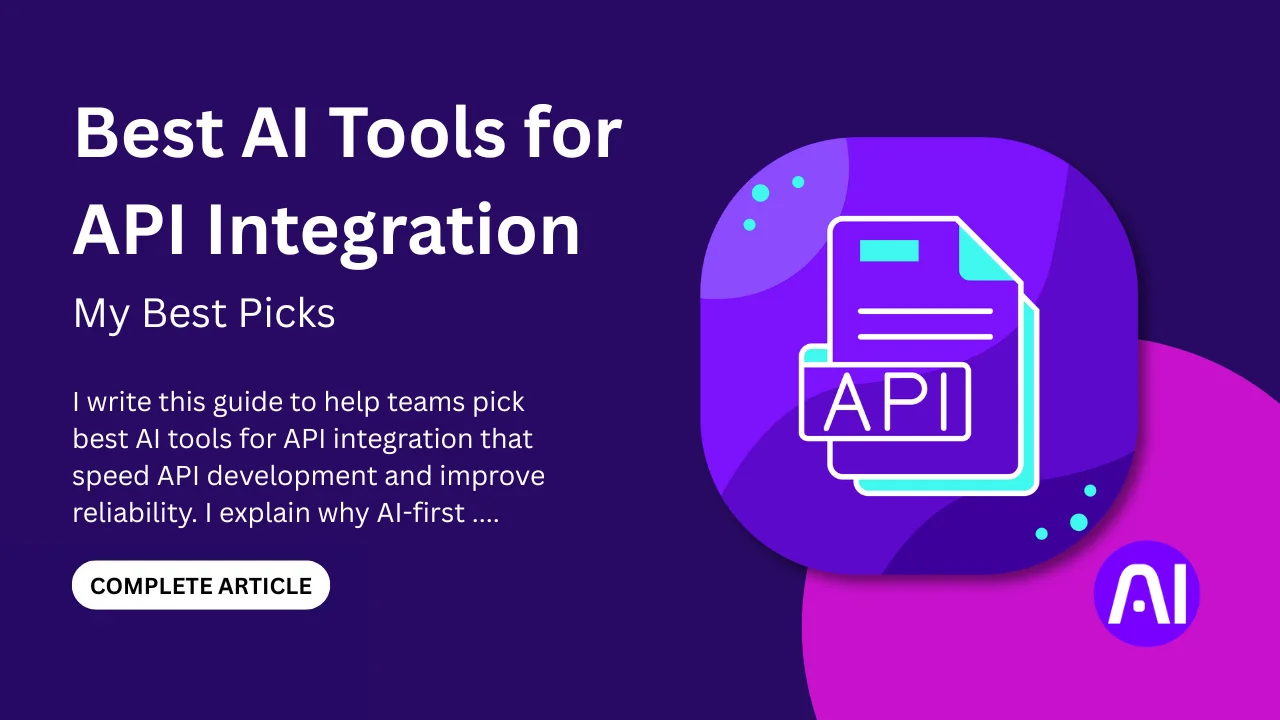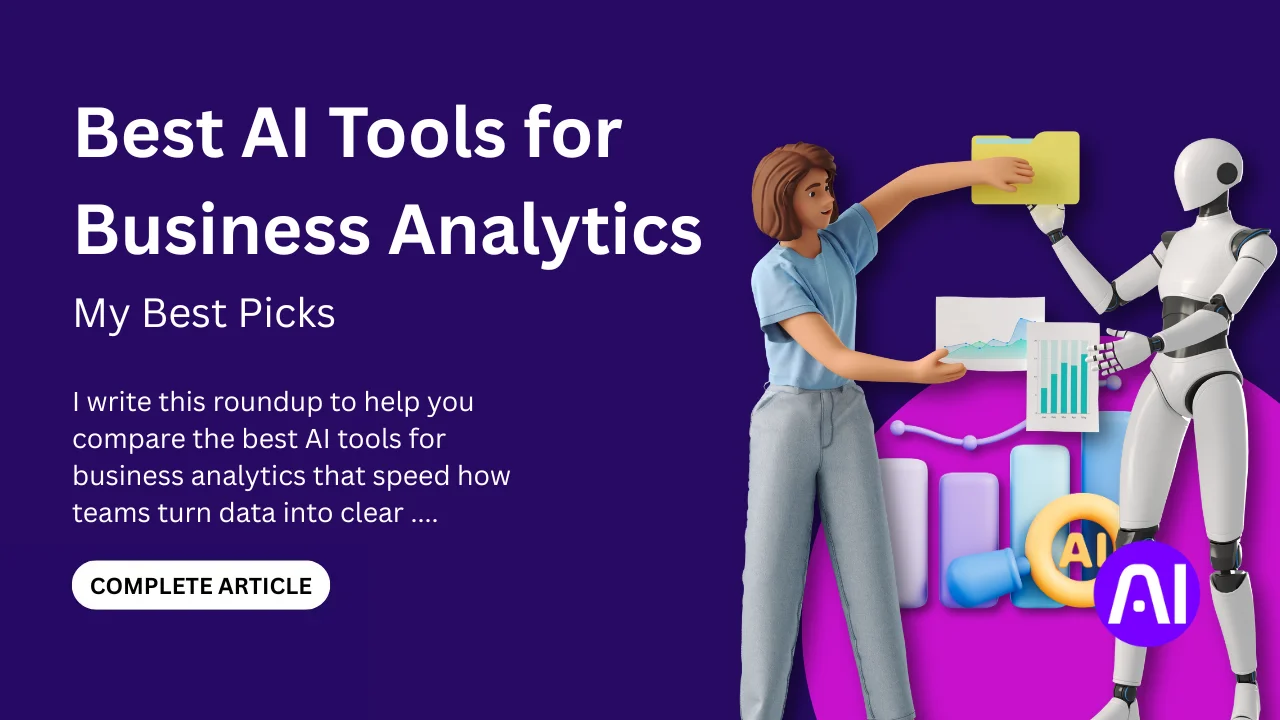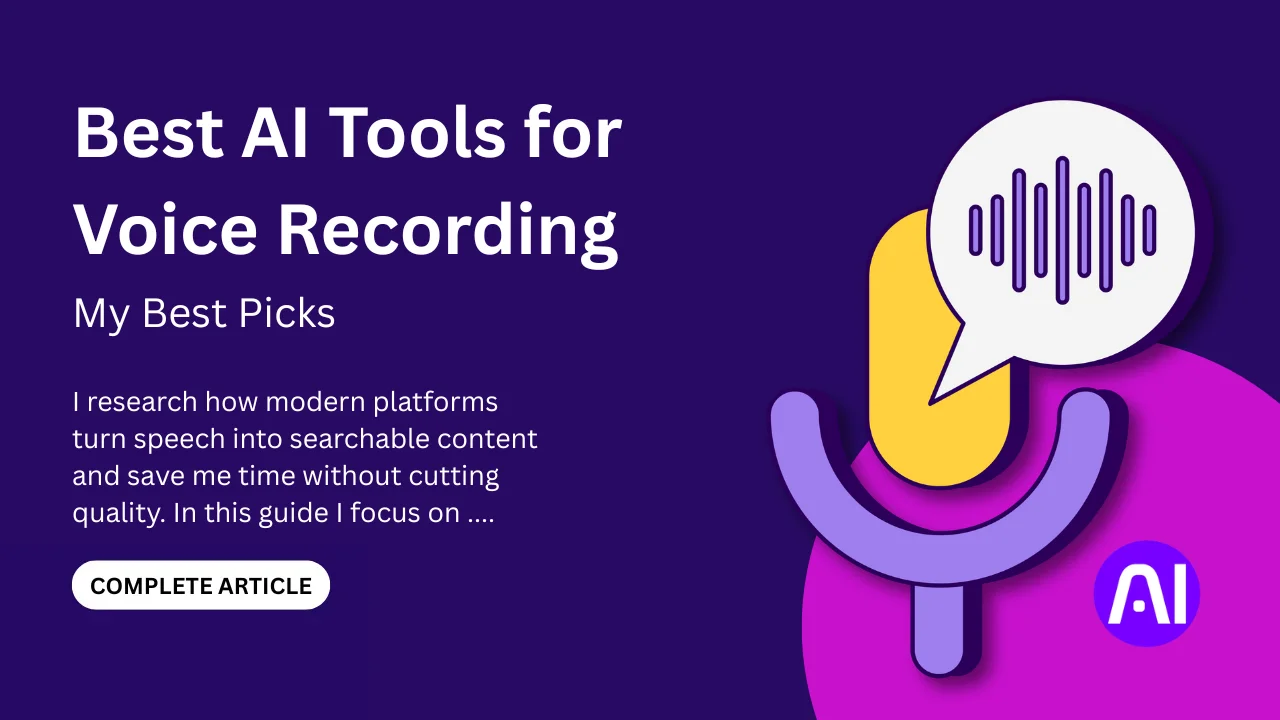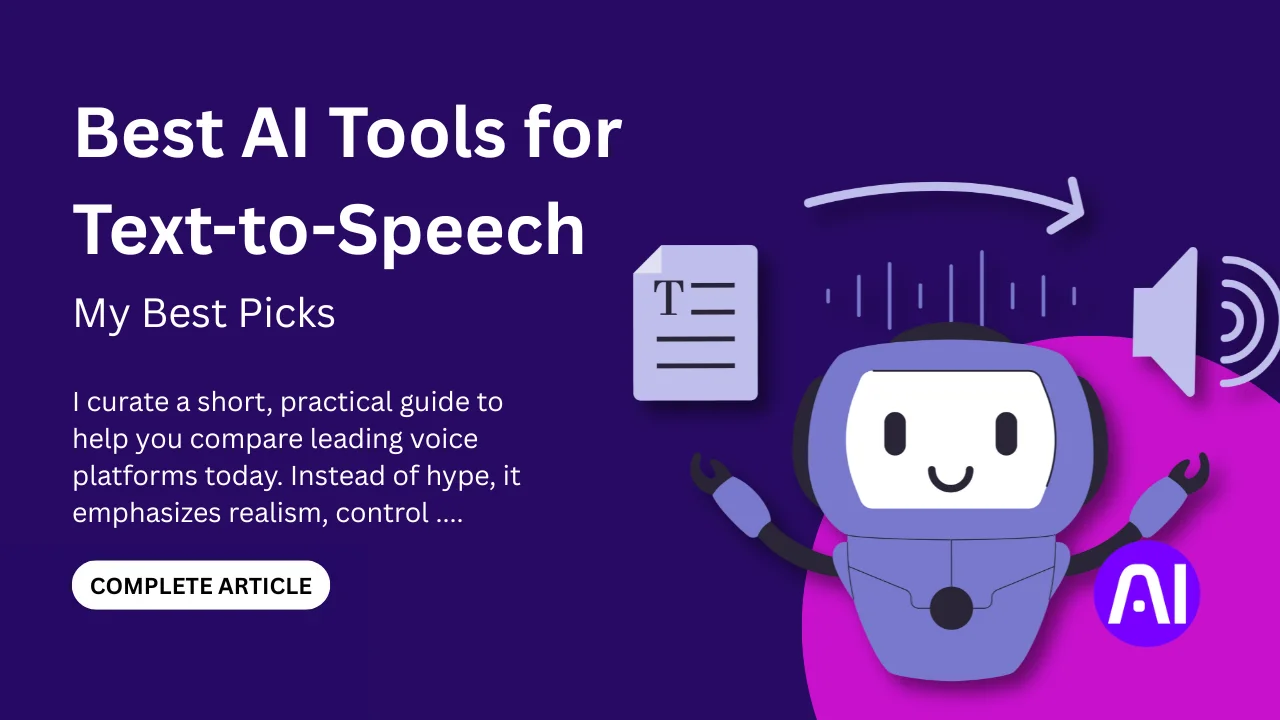OpenAI has released GPT 5 on August 7, 2025 and ChatGPT users can use it there. OpenAI CEO Sam Altman has many strong claims for this new model. “GPT-4 felt like you’re talking to a college student. GPT-5 is the first time that it really feels like talking to a PhD-level expert.”, says Sam Altman.
GPT 5 is smarter, faster and accurate than the previous GPT models. Sam Altman claims, “This is the best model in the world at coding. This is the best model in the world at writing, the best model in the world at health care, and a long list of things beyond that.”
Let’s learn about this model in depth and find out what’s new in it for the AI users. You’ll come to know about its overall impact and is it really the best AI model at this time.
New Features of GPT‑5
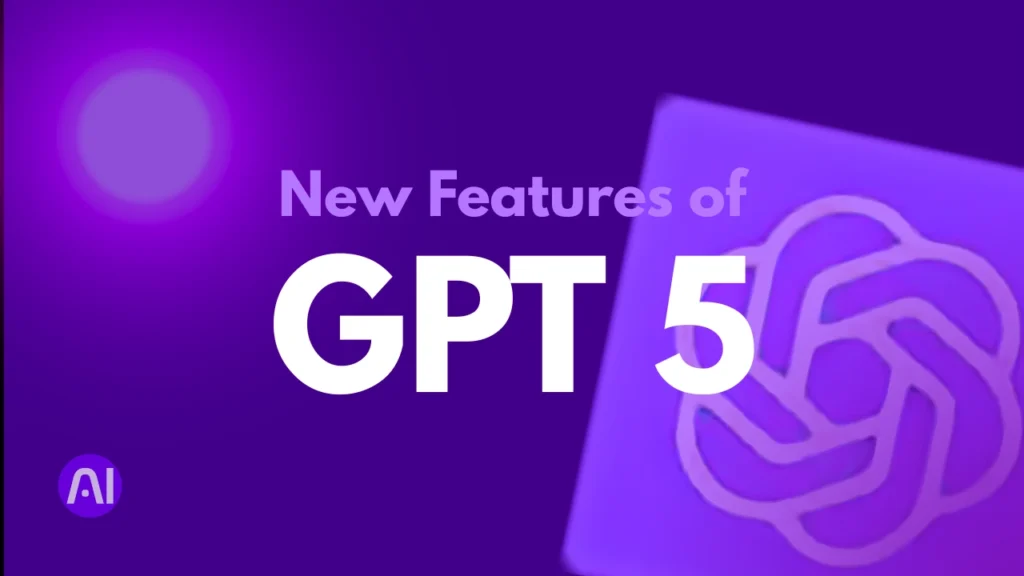
GPT‑5 is OpenAI’s most advanced and smartest model yet. It improves how we talk to AI, how it learns, and how it helps with real tasks. It’s faster, more accurate, and can handle more complex ideas while still being easy to use. Whether you use it for work or fun, GPT‑5 feels more natural and helpful than ever before.
Unified Architecture with Dynamic Routing
GPT‑5 uses a smart system that switches between fast and deep thinking, depending on the task. This means it can give quick answers for easy questions and think harder for tough ones.
Users don’t need to pick different models. GPT‑5 decides how much effort is needed and adapts while you type. This new system is called “GPT‑5 Thinking” by OpenAI.
Multimodal Support & Memory
GPT‑5 understands more than just words. It can also work with images, audio, and video. You can ask questions using pictures or even short voice clips.
It also remembers past chats through its persistent memory. With a 1 million token limit, it can handle very long texts or ongoing conversations without forgetting what was said.
Speed, Performance & Accuracy
This is the fastest and most accurate version ever. GPT‑5 replies faster while still giving smart and helpful answers, even on tricky questions.
It makes fewer mistakes, too. When connected to the internet, it reduces errors by 45%. In deep thinking mode, errors go down by up to 80%, making it more reliable.
Coding and Logical Reasoning Strengths
GPT‑5 is great at writing and fixing code. It solves programming problems better than older models and explains its steps more clearly.
It also handles logical tasks well, like math or science questions that need multiple steps. This makes it a strong tool for developers and technical users.
Smarter Behavior and Safer Outputs
GPT‑5 better understands what users really mean. It avoids repeating wrong facts and doesn’t always agree just to please.
If a request isn’t safe or allowed, it explains why, instead of just saying no. This creates more honest and useful conversations.
New Personalization & Tools Integration
Users can now choose how GPT‑5 sounds. It can act like a “Nerd,” “Cynic,” or “Listener,” letting you pick the tone that fits you best.
It also works with tools like Gmail and Google Calendar. You can check emails or set reminders directly through ChatGPT, which helps save time.
Variants and Access Levels
There are different versions of GPT‑5 to fit different needs:
- Free users get standard access.
- Mini is faster and simpler.
- Nano is made for apps and devices.
- Pro users get GPT‑5 Pro with longer memory, deep thinking, and more power.
This helps everyone, from casual users to professionals. get the right version for their work.
What’s the Biggest Thing in GPT‑5
The biggest change is how GPT‑5 adjusts its thinking based on your input. It can be quick or go deeper depending on what you ask, all by itself.
This makes it feel like a smarter assistantone that can handle simple tasks but also solve big problems when needed.
The Summary of New Things
GPT‑5 brings many major updates:
- A smart system that adjusts thinking levels.
- Full support for text, image, audio, and video.
- Memory that remembers past chats and long documents.
- Fewer errors and more trustworthy answers.
- Stronger at coding, logic, and reasoning.
- Choose your AI’s tone and personality.
- Works with tools like Google Calendar and more.
- Comes in Free, Mini, Nano, and Pro versions.
It is now more helpful, more human-like, and more powerful than ever before.
GPT‑5 vs GPT‑4
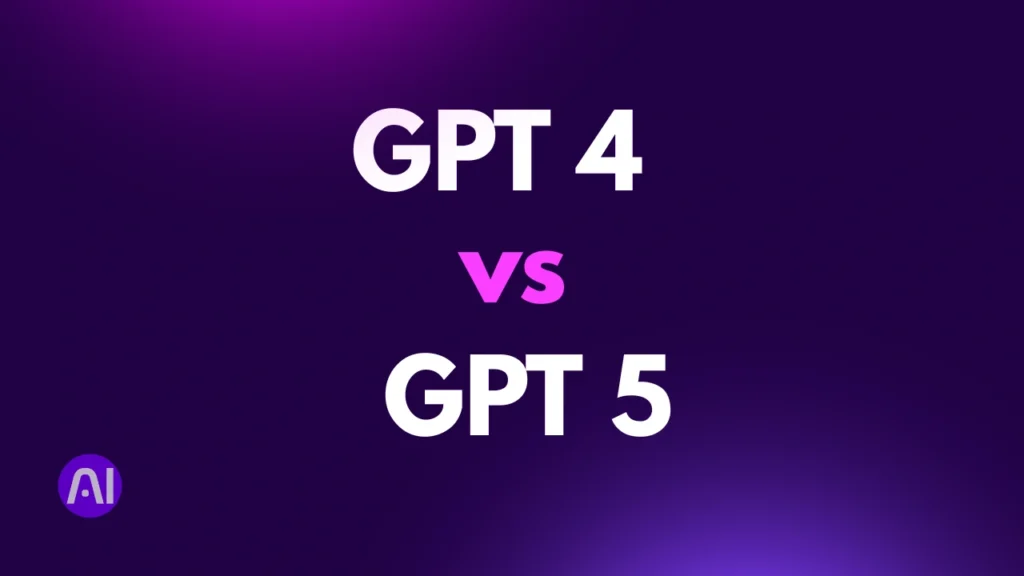
The launch of GPT‑5 marks a major leap forward from GPT‑4. While both models are powerful, GPT‑5 adds several capabilities that make it faster, smarter, and more adaptable. Below is a clear feature-by-feature comparison to show how GPT‑5 improves over its predecessor.
1. Architecture and Thinking Ability
GPT‑4 used a fixed reasoning model, meaning its response depth stayed the same no matter how complex the question was.
GPT‑5 introduces dynamic routing, which allows it to switch between quick replies and deep reasoning. This makes GPT‑5 more flexible and efficient across various tasks.
2. Multimodal Capabilities
GPT‑4 could handle both text and images in limited form through plug-ins or specialized settings. However, it lacked native support for audio or video.
GPT‑5 is natively multimodal. It can understand and respond to text, images, audio, and video in a single session, making interactions more natural and seamless.
3. Memory and Context Window
GPT‑4 had no persistent memory and worked only with context inside a single session. It also had a token limit of around 32,000 tokens.
GPT‑5 supports persistent memory, meaning it can remember facts and preferences across sessions. It also features a 1 million token context window, ideal for long documents or ongoing conversations.
4. Speed and Accuracy
GPT‑4 was powerful but often slower and more likely to “hallucinate” or make up facts, especially with limited or outdated data.
GPT‑5 is significantly faster and more accurate. It reduces hallucinations by up to 80% in thinking mode and by 45% during normal use with internet access.
5. Code and Logical Performance
GPT‑4 was capable in coding and logic but struggled with complex or multi-step tasks.
GPT‑5 outperforms GPT‑4 on software engineering benchmarks like SWE‑Bench. It provides cleaner code, better debugging, and improved multi-step reasoning for technical tasks.
6. Personalization and Style Control
GPT‑4 offered consistent tone and output but lacked personalization options.
GPT‑5 introduces custom personalities like “Nerd,” “Cynic,” or “Listener,” allowing users to control tone while keeping answers accurate and on-topic.
7. Tool Integration
GPT‑4 had limited tool use, often requiring API connections or plug-ins to interact with apps like calendars or emails.
GPT‑5 now integrates directly with tools like Gmail, Google Calendar, and others, especially for Pro users, turning it into a productivity assistant.
8. Access Levels and Variants
GPT‑4 was available mainly to Pro users with limited versions for API and ChatGPT.
GPT‑5 offers more variations. Free version with basic access. Mini for fast, light use. Nano for real-time embedded systems. Pro for extended, powerful access with memory and thinking model.
Summarized Comparison:
| Feature | GPT‑4 | GPT‑5 |
| Architecture | Fixed reasoning mode | Dynamic routing with adaptive reasoning (“GPT‑5 thinking”) |
| Multimodal Capabilities | Limited text + image (in specific modes) | Native support for text, image, audio, and video |
| Memory | No memory across sessions | Persistent memory that remembers preferences and history |
| Context Window | Up to 32,000 tokens | Up to 1 million tokens, ideal for large documents |
| Speed | Slower response time in complex tasks | Faster response time across both light and deep reasoning |
| Accuracy & Hallucinations | Occasional hallucinations, especially without web access | Up to 80% reduction in hallucinations (45% with web access) |
| Coding Ability | Strong, but limited with multi-step logic | Advanced code generation, debugging, and reasoning (excels in SWE-Bench tests) |
| Personalization | No tone or personality customization | Custom styles like “Nerd”, “Cynic”, “Listener”, etc. |
| Tool Integration | Limited; requires manual plugins or API use | Direct integration with tools like Gmail, Google Calendar (Pro features) |
| Model Variants | Single version (standard or API access) | Multiple: Free, Mini, Nano, and Pro with different capabilities |
“GPT-4 felt like you’re talking to a college student. GPT-5 is the first time that it really feels like talking to a PhD-level expert.”, OpenAI CEO Sam Altman. So Altman himself has told this model far better than the previous model by giving the difference between College student and PhD Scholar.
Is GPT‑5 the Best AI Model Right Now?
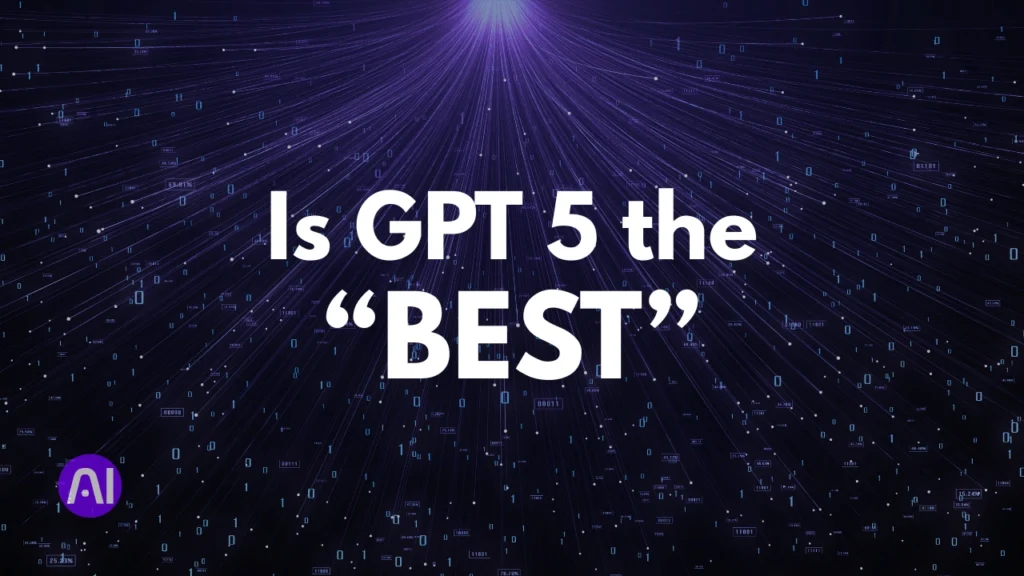
Sam Altman has claimed, ““This is the best model in the world”. No doubt this is the newest AI model released till now but is this the best model in the AI world or something better is present, let’s discover.
GPT‑5 brings several upgrades: it handles text, image, audio, and video natively, supports a 1 million token context, and has dynamic reasoning based on task complexity. It’s significantly more powerful than GPT‑4 in speed, memory, and reliability.
Comparison with Other Leading AI Models
Here’s how GPT‑5 compares with other top models currently available:
Gemini 1.5 Pro (Google DeepMind)
Gemini excels at long-context tasks, holding over 1 million tokens as well. It performs exceptionally well on academic benchmarks and multimodal reasoning, sometimes surpassing GPT‑5 in detailed comprehension and sustained logic.
Claude Opus (Anthropic)
Claude’s strength is alignment and safety, with a focus on producing consistent, high-integrity outputs. On some long-form reasoning tasks, Claude matches or slightly exceeds GPT‑5’s performance. However, Claude’s multimodal abilities are limited compared to GPT‑5.
Grok 3 (xAI by Elon Musk)
Grok is optimized for math, logic, and real-time queries, tightly integrated with X (formerly Twitter). While not as broad as GPT‑5, it has shown superior results in specific logic-intensive benchmarks.
DeepSeek-V2 & R1
Open-source alternatives like DeepSeek show strong results in code reasoning and structured tasks. While they’re not as general-purpose as GPT‑5, they’re highly efficient and cost-effective, especially in developer environments.
Best or Not?
Yes, GPT‑5 is currently the best general-purpose AI model available.
It leads in overall performance, reasoning adaptability, multimodal integration, and memory. It also reduces hallucination rates drastically and supports persistent context, which enhances long-term usability.
Two Recent Case studies of GPT 5 New features:
1. Visual Explanation for a Student (Multimodal Input)
Sara, a high school student, was struggling to understand a complex biology diagram in her textbook. She uploaded a photo of the diagram to GPT‑5 and asked for a simple explanation. GPT‑5 instantly analyzed the image and gave her a step-by-step explanation of the cell parts and their functions. She said it was easier to understand than her teacher’s notes.
Feature Used: Multimodal input (image understanding)
2. Weekly Writing Help for a Blogger (Persistent Memory)
Ali runs a small blog and uses GPT‑5 every week to draft posts. Over a few sessions, GPT‑5 learned his writing tone, usual topics, and formatting style. Now, when he starts a new post, the model remembers what kind of headlines he prefers and how he likes to close his articles. It saves him time and makes his workflow smoother.
Feature Used: Persistent memory
What is the Future Goal of OpenAI?
OpenAI’s goal is to create Artificial General Intelligence (AGI), a type of AI that can think and work like a human. Their CEO, Sam Altman, has said that AGI could become real by 2030. He believes this technology should help everyone, not just a few.
AGI would be able to do many tasks better than people, like solving scientific problems or helping in hospitals and schools. But OpenAI also knows this power can be risky. That’s why they are working on rules and safety plans to guide its use.
Looking beyond AGI, OpenAI also wants to build superintelligent AI, an even smarter system that could push science and knowledge forward. To support all of this, they are building large data centers and designing their own AI chips, so they don’t have to rely only on outside companies.
They’re also working on a huge project called Stargate, which will be one of the world’s largest AI centers. OpenAI says they want to keep their work open, safe, and good for everyone.
Conclusion: The Summary of GPT‑5
GPT‑5 is a big step forward in AI. It brings together smarter thinking, memory, and support for text, images, and voice, all in one model. It can switch between quick replies and deep thinking based on the task, making it more helpful and accurate. New features like long memory, tool use, and custom personality styles make it useful in real life, not just for tech users.
Compared to GPT‑4, this version is faster, smarter, and more reliable. It handles long chats and big tasks better with a much larger memory. It also understands logic and code more clearly, making it a stronger tool for students, workers, and developers. Even Sam Altman, the CEO of OpenAI, called it “the best model yet.”
Looking ahead, OpenAI wants to build AGI, AI that can think and help like a human. They are planning large AI centers and even their own computer chips. But most importantly, they say their goal is to make sure this powerful AI is safe and helpful for everyone.
In simple terms, GPT‑5 is the start of a new, smarter AI. It works better, fits real-world needs, and shows how AI can grow in a safe and useful way for the future.
If you liked this well-researched breakthrough on newly launched GPT 5, You should check this researched report on Meta’s Personal Superintelligence
Frequently Asked Questions About GPT‑5
1. When GPT‑5 officially released?
GPT‑5 is officially launched on August 7, 2025 and is already integrated into ChatGPT for both free and paid users.
2. Who can use GPT‑5 and in which versions?
GPT‑5 is available across Free, Plus, and Pro tiers of ChatGPT. It includes smaller variants like GPT‑5 Mini and GPT‑5 Nano, optimized for mobile and edge devices.
3. What’s new in GPT‑5 compared to previous models?
GPT‑5 introduces deeper reasoning capabilities, an improved multimodal understanding of text, image, audio, and video, and a smarter memory system for personalized context.
4. What is the unified system and reasoning router?
GPT‑5 features an internal router that automatically decides between fast-response models and deep-reasoning ones. This means it adjusts its thinking depth based on the complexity of your prompt.
5. What are the multimodal capabilities of GPT‑5?
GPT‑5 can process and generate across multiple formats natively, text, images, audio, and even video, making it more versatile than GPT‑4.
6. How much context can GPT‑5 handle?
GPT‑5 supports context windows of up to 1 million tokens, allowing it to manage entire books, codebases, or long conversations without forgetting details.
7. How does GPT‑5 perform in code and logic tasks?
It shows a clear improvement in software development, problem-solving, and logical reasoning tasks, ranking significantly higher than GPT‑4 in most benchmark evaluations.
8. Is GPT‑5 more accurate and safer?
Yes, GPT‑5 is more aligned, reduces hallucinations, and introduces a new “safe completion” method that gives context-aware refusals rather than generic ones.
9. Is GPT‑5 considered AGI (Artificial General Intelligence)?
No, GPT‑5 is not AGI. OpenAI has confirmed this model is a major step forward but still lacks full general intelligence or continuous self-learning.

